Home>Furniture & Design>Outdoor Furniture>How Often To Water Outdoor Potted Flowers
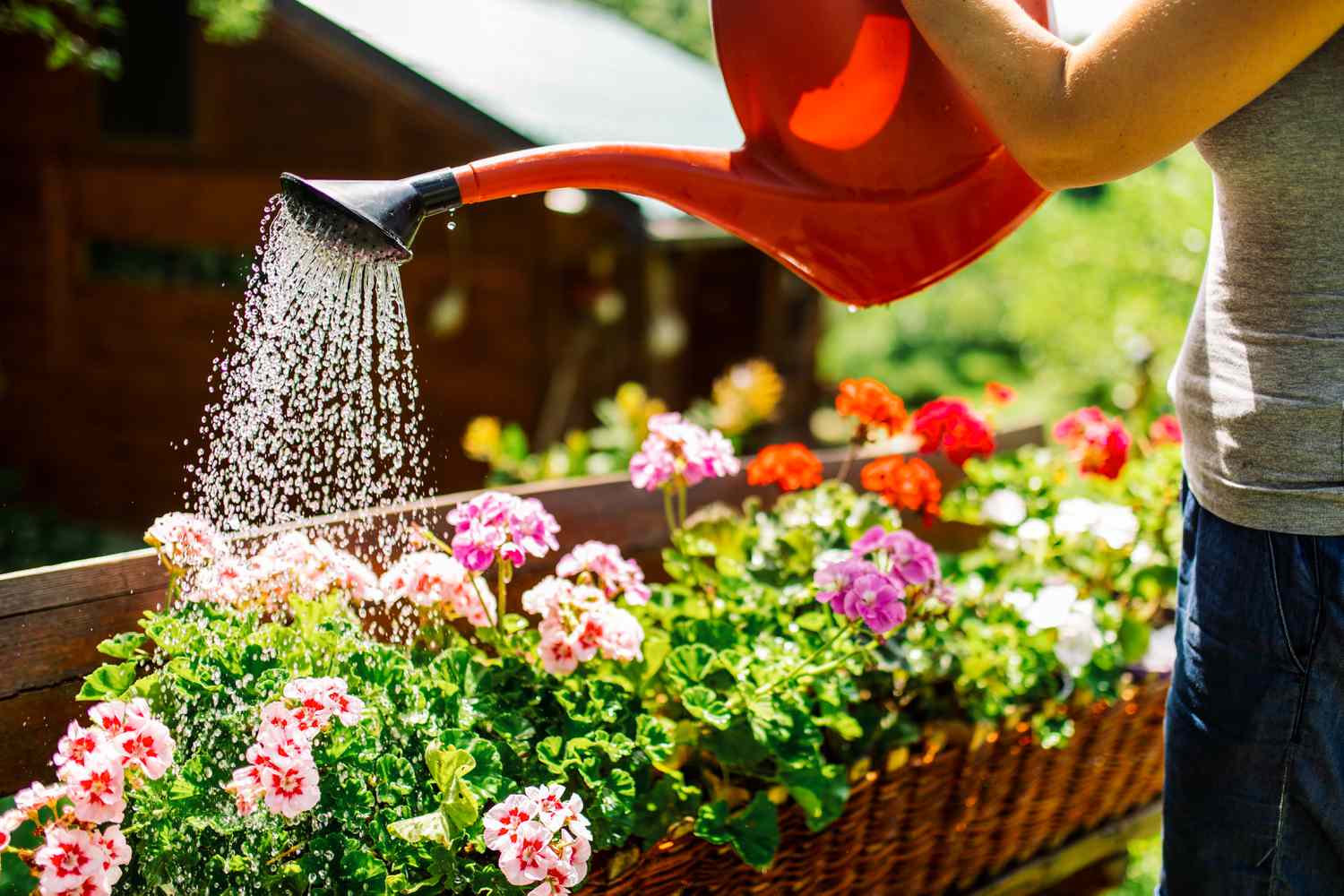

Outdoor Furniture
How Often To Water Outdoor Potted Flowers
Published: January 15, 2024
Discover the best watering schedule for your outdoor potted flowers. Keep your outdoor furniture and design looking fresh with these watering tips.
(Many of the links in this article redirect to a specific reviewed product. Your purchase of these products through affiliate links helps to generate commission for Storables.com, at no extra cost. Learn more)
Introduction
When it comes to outdoor potted flowers, proper watering is crucial for their health and vibrancy. These beautiful blooms have the ability to transform any outdoor space into a colorful oasis, but they rely on the care and attention of gardeners to thrive. Understanding how often to water outdoor potted flowers is essential for maintaining their well-being and ensuring they grace your garden with their stunning presence throughout the growing season.
Watering potted flowers may seem straightforward, but various factors influence the frequency and method of watering. By delving into these aspects, you can cultivate a deeper understanding of how to best care for your outdoor potted flowers, enabling you to nurture them to their full potential.
In this comprehensive guide, we will explore the factors that affect watering frequency, signs indicating overwatering and underwatering, and best practices for watering outdoor potted flowers. Whether you are a seasoned gardener or just beginning to explore the world of outdoor floral arrangements, this article will equip you with the knowledge and insights needed to cultivate thriving potted flower displays. So, grab your watering can and let's embark on this journey to discover the art and science of watering outdoor potted flowers!
Key Takeaways:
- Proper watering of outdoor potted flowers requires understanding their unique needs based on factors like plant species, weather, and container size. Consistent care and observation are key to maintaining vibrant floral displays.
- Overwatering and underwatering can harm potted flowers, leading to symptoms like wilting and yellowing leaves. By adjusting watering practices and following best techniques, you can ensure healthy growth and blooming.
Factors Affecting Watering Frequency
Several key factors play a significant role in determining the frequency at which outdoor potted flowers should be watered. Understanding these factors is essential for tailoring your watering routine to meet the specific needs of your floral companions. Let’s explore the primary influencers of watering frequency:
- Plant Species and Varieties: Different plant species and varieties have varying water requirements. Succulents, for instance, thrive in arid conditions and require infrequent watering, while flowering annuals may need more consistent moisture. Researching the specific water needs of each plant in your outdoor potted arrangements is crucial for providing targeted care.
- Weather Conditions: The prevailing weather, including temperature, humidity, and sunlight exposure, directly impacts the rate at which potted flowers absorb water. During hot and dry periods, plants may require more frequent watering to compensate for increased evaporation and transpiration.
- Container Material and Size: The type of pot or container used, as well as its size, influences water retention and drainage. Porous materials like terracotta allow moisture to evaporate more quickly, necessitating more frequent watering. Larger containers generally retain moisture for a longer duration compared to smaller ones.
- Soil Composition: The composition of the potting soil, including its ability to retain moisture and provide adequate drainage, significantly impacts watering frequency. Soil that retains water excessively may lead to root rot, while excessively well-draining soil may require more frequent watering to prevent dehydration.
- Growth Stage and Season: The growth stage of potted flowers and the prevailing season influence their water requirements. During active growth phases and hot summer months, plants typically demand more water to support their physiological processes and combat heat stress.
By considering these influential factors, you can tailor your watering schedule to accommodate the unique needs of your outdoor potted flowers. This personalized approach to watering fosters optimal growth and blooming, ensuring that your floral displays thrive in their container habitats.
Signs of Overwatering and Underwatering
Recognizing the signs of overwatering and underwatering is crucial for maintaining the health and vitality of outdoor potted flowers. Both conditions can have detrimental effects on plant growth and overall well-being. By familiarizing yourself with these indicators, you can adjust your watering practices to provide your potted flowers with the optimal moisture levels they require. Let’s explore the telltale signs of overwatering and underwatering:
- Overwatering: Excessive moisture can lead to waterlogged soil and root suffocation, manifesting in symptoms such as yellowing leaves, wilting despite moist soil, and a foul odor emanating from the potting mix. Additionally, the presence of mold or algae on the soil surface may indicate overwatering, as these organisms thrive in consistently damp environments.
- Underwatering: Insufficient moisture can cause plants to exhibit symptoms such as wilting, yellowing or browning of leaves, and a general lack of vigor. The soil in under-watered pots may become extremely dry and pull away from the edges of the container. In some cases, the plant may shed flowers or buds in an attempt to conserve water during periods of drought.
By closely observing your potted flowers and identifying these signs, you can take proactive measures to rectify overwatering or underwatering issues. Adjusting your watering frequency and ensuring that the soil moisture levels align with the specific needs of your plants will help mitigate these detrimental effects, fostering healthier and more resilient floral displays.
Water outdoor potted flowers when the top inch of soil feels dry to the touch. This is usually every 1-3 days, but may vary based on the weather and type of plant.
Best Practices for Watering Outdoor Potted Flowers
Mastering the art of watering outdoor potted flowers involves implementing best practices that cater to the unique needs of these container-bound botanical beauties. By adopting these guidelines, you can ensure that your potted flowers receive the right amount of moisture, fostering robust growth and abundant blooms. Let’s delve into the best practices for watering outdoor potted flowers:
- Establish a Consistent Schedule: Create a regular watering schedule based on the specific requirements of the plant species in each potted arrangement. Consistency is key to providing plants with the stable moisture levels they need to thrive.
- Water at the Right Time: Opt for early morning or late afternoon watering sessions to minimize water loss through evaporation and ensure that plants have access to moisture during the peak hours of sunlight and heat.
- Monitor Soil Moisture: Regularly assess the moisture levels in the potting mix by inserting a finger into the soil. If the top inch feels dry to the touch, it’s typically a sign that the plant is ready for watering.
- Use Proper Watering Techniques: Apply water directly to the soil at the base of the plants, allowing it to percolate through the potting mix and reach the roots. Avoid wetting the foliage excessively, as this can promote disease and fungal issues.
- Consider Watering Aids: Implement self-watering systems or moisture-retaining additives in the potting mix to enhance water retention and reduce the frequency of manual watering, particularly during hot and dry periods.
- Adjust Based on Weather Conditions: During exceptionally hot or windy weather, be prepared to increase the frequency of watering to accommodate the heightened water loss experienced by potted plants.
- Observe Plant Responses: Pay attention to how your potted flowers respond to your watering practices. Adjust your approach based on the plant’s condition and the environmental factors influencing its water requirements.
By integrating these best practices into your gardening routine, you can cultivate a harmonious and effective approach to watering outdoor potted flowers. This mindful and attentive care will contribute to the overall health and vibrancy of your floral displays, allowing you to revel in the beauty of flourishing potted blooms throughout the seasons.
Conclusion
Watering outdoor potted flowers is both an art and a science, requiring a delicate balance of knowledge, observation, and care. By considering the diverse factors influencing watering frequency, recognizing the signs of overwatering and underwatering, and implementing best practices tailored to the needs of potted plants, you can cultivate thriving floral displays that enrich your outdoor spaces with their natural beauty.
As you embark on your journey of nurturing outdoor potted flowers, remember that each plant is unique, with its own set of requirements and responses. Embrace the opportunity to develop a deeper connection with your floral companions, learning to interpret their cues and provide them with the nurturing environment they need to flourish.
Ultimately, the act of watering outdoor potted flowers transcends the physical task; it embodies a nurturing relationship between gardener and garden, fostering a shared journey of growth and vitality. Through mindful watering practices, you can witness the transformative power of water as it sustains and invigorates your potted flowers, painting your outdoor sanctuary with an ever-changing canvas of colors and fragrances.
So, as you reach for your watering can, approach this task with reverence and curiosity, for within its gentle flow lies the potential to nurture life and cultivate beauty. May your outdoor potted flowers thrive under your attentive care, becoming a source of joy and inspiration as they bloom and flourish in their container homes.
Frequently Asked Questions about How Often To Water Outdoor Potted Flowers
Was this page helpful?
At Storables.com, we guarantee accurate and reliable information. Our content, validated by Expert Board Contributors, is crafted following stringent Editorial Policies. We're committed to providing you with well-researched, expert-backed insights for all your informational needs.
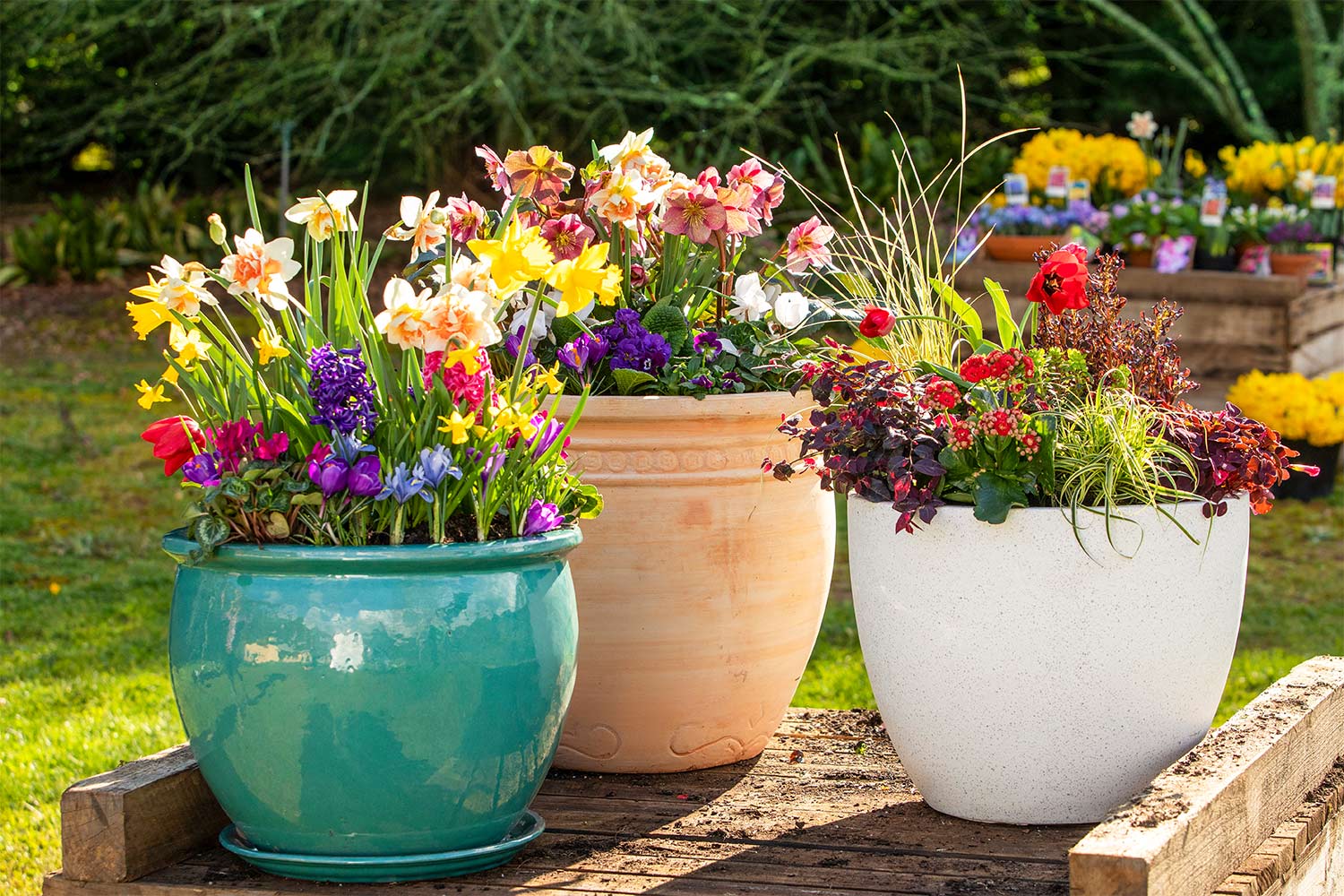
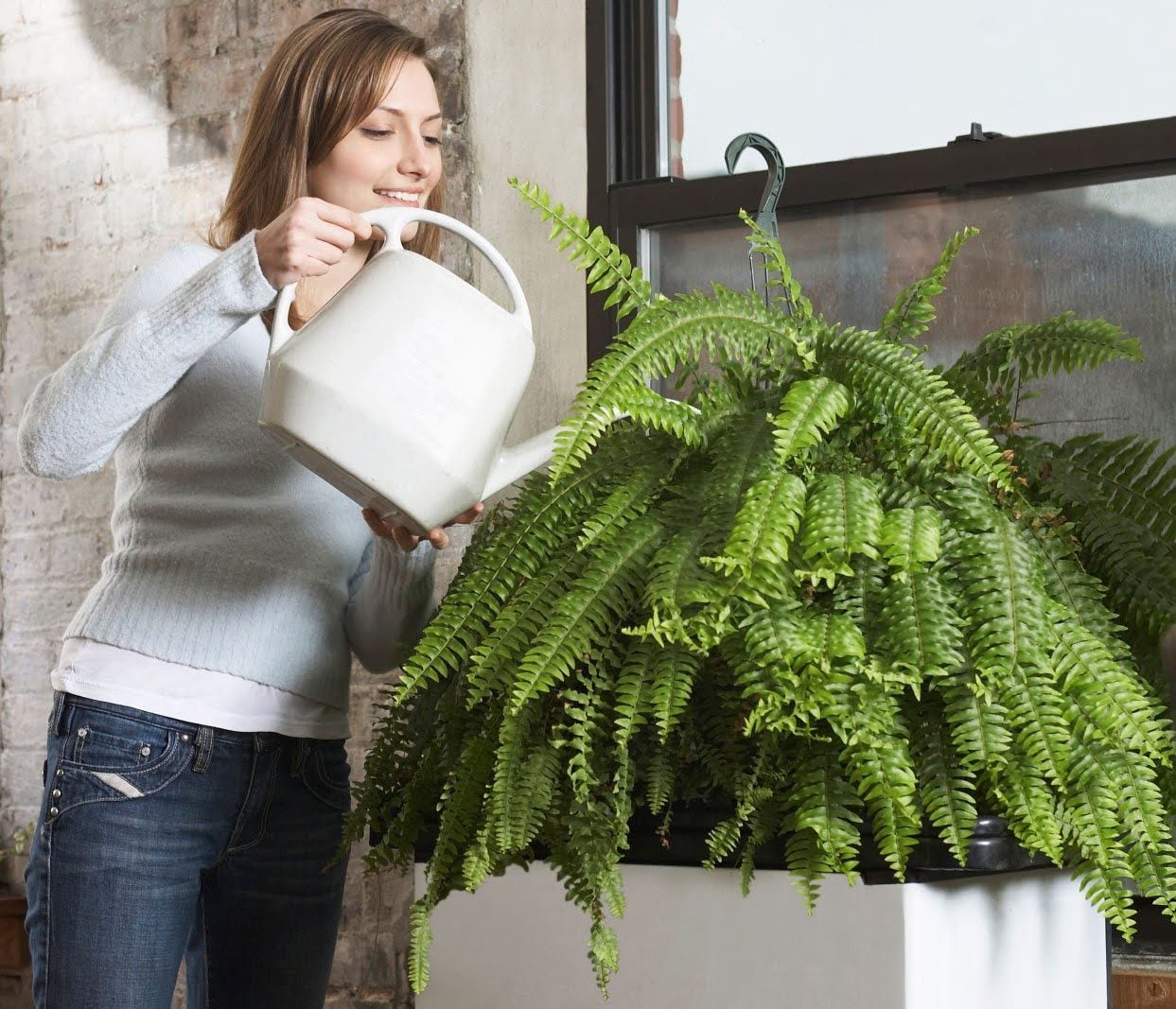
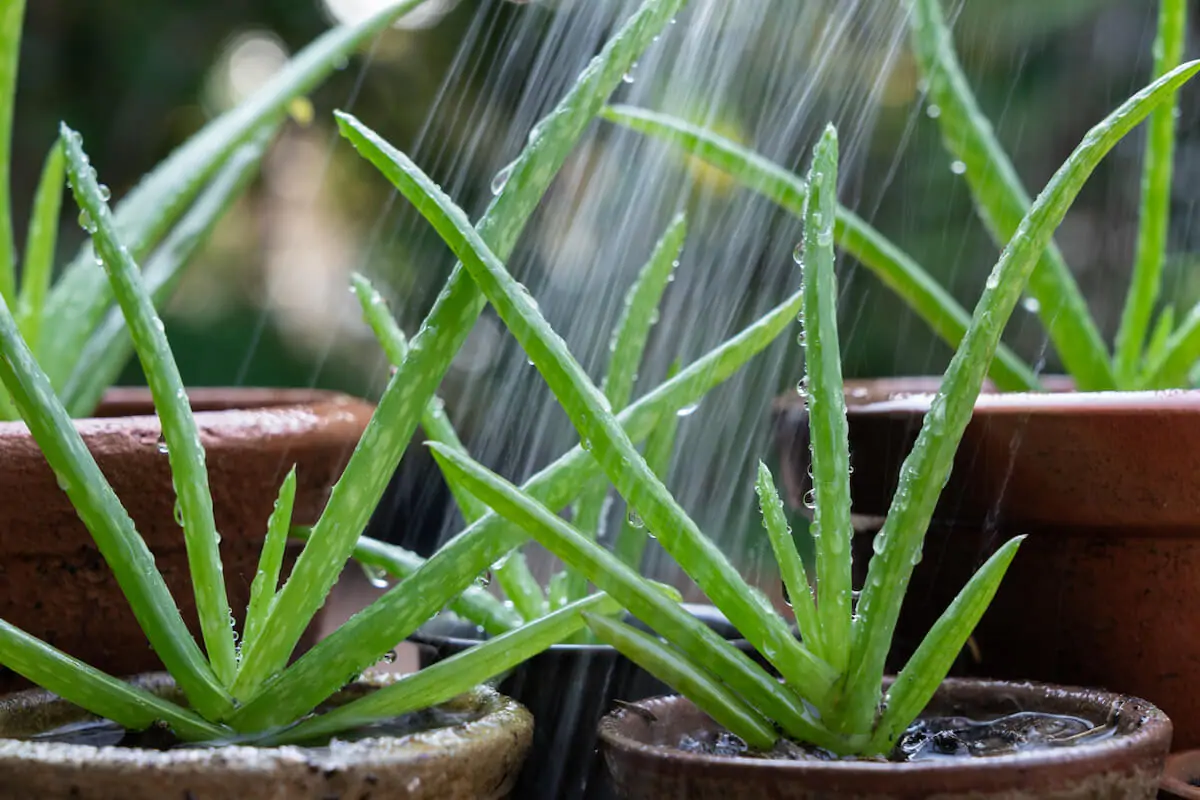
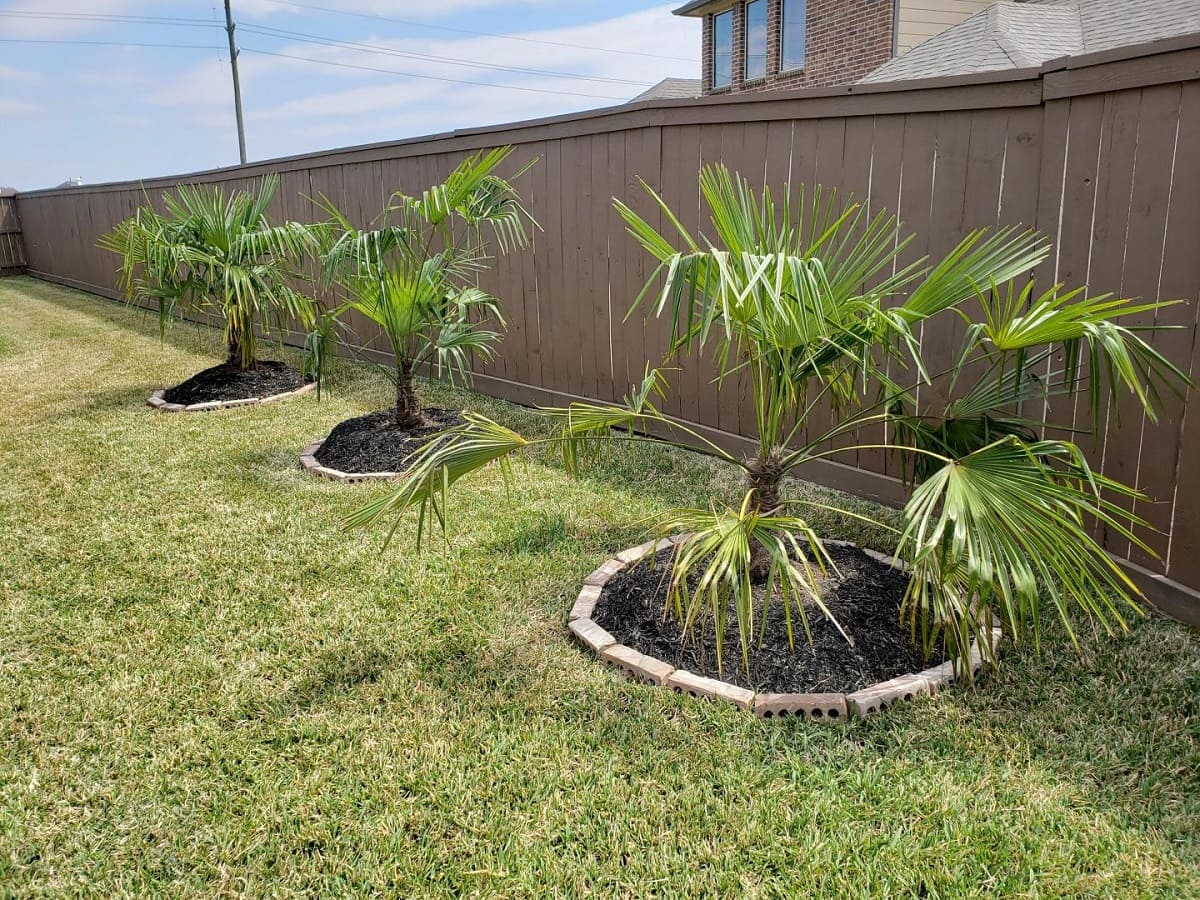
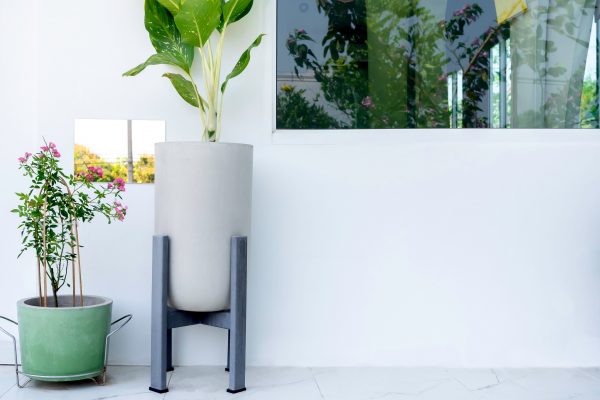
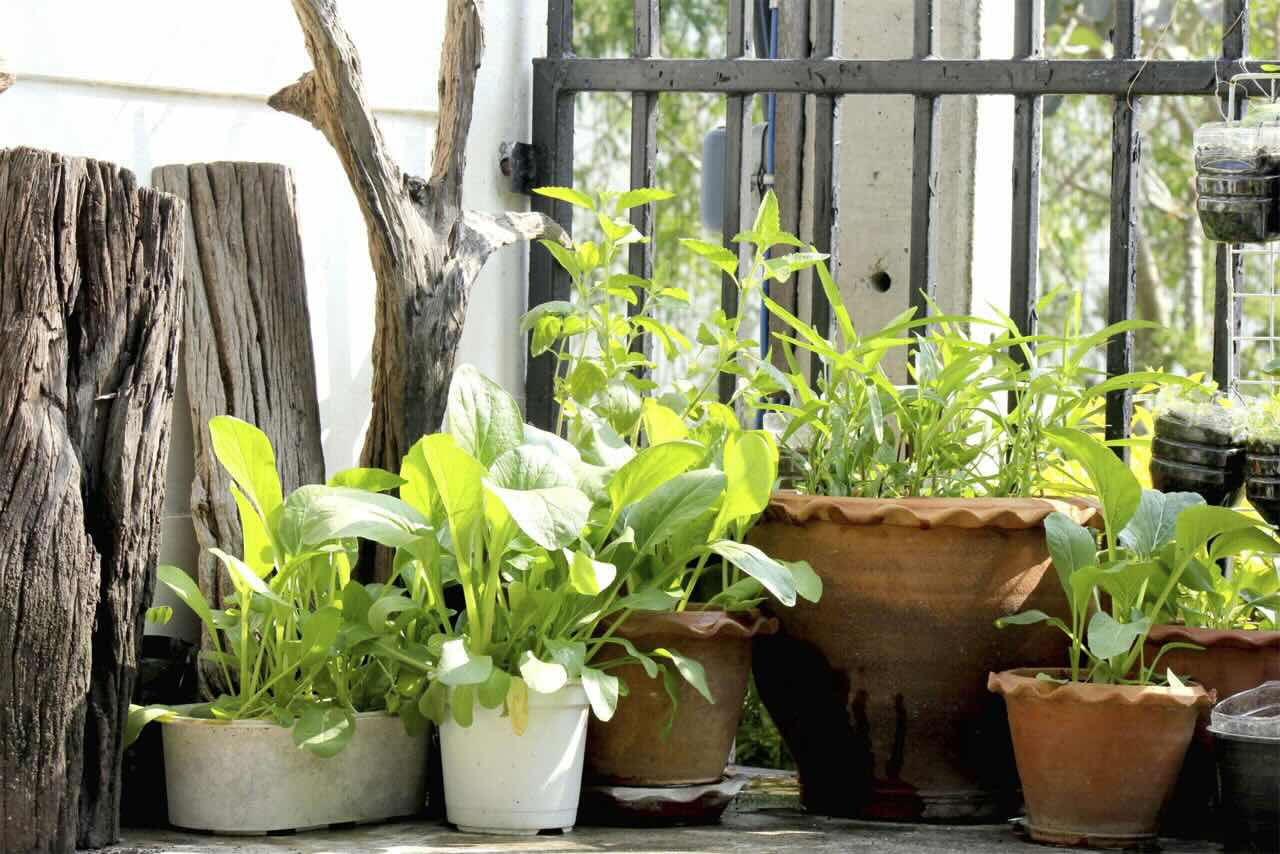
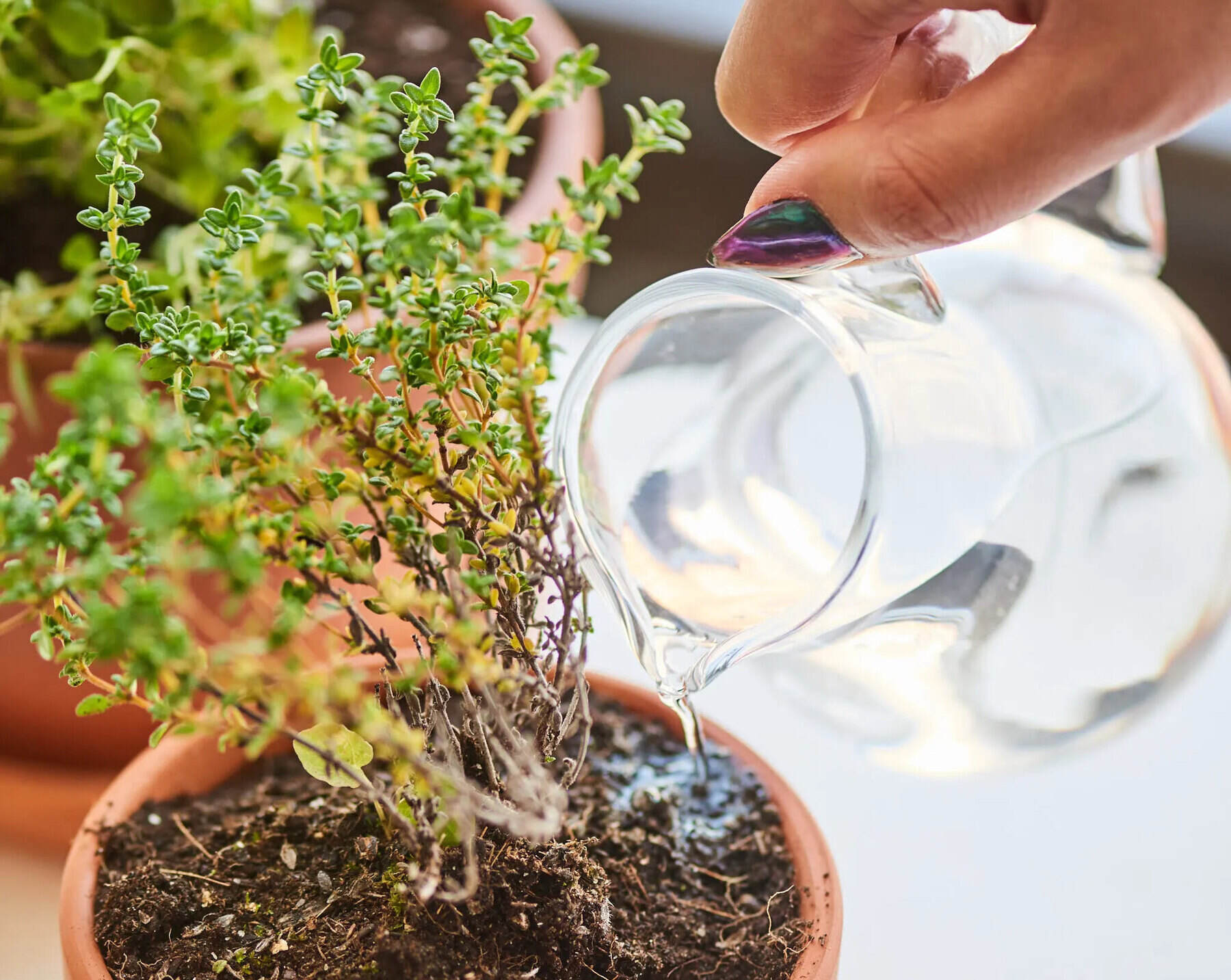
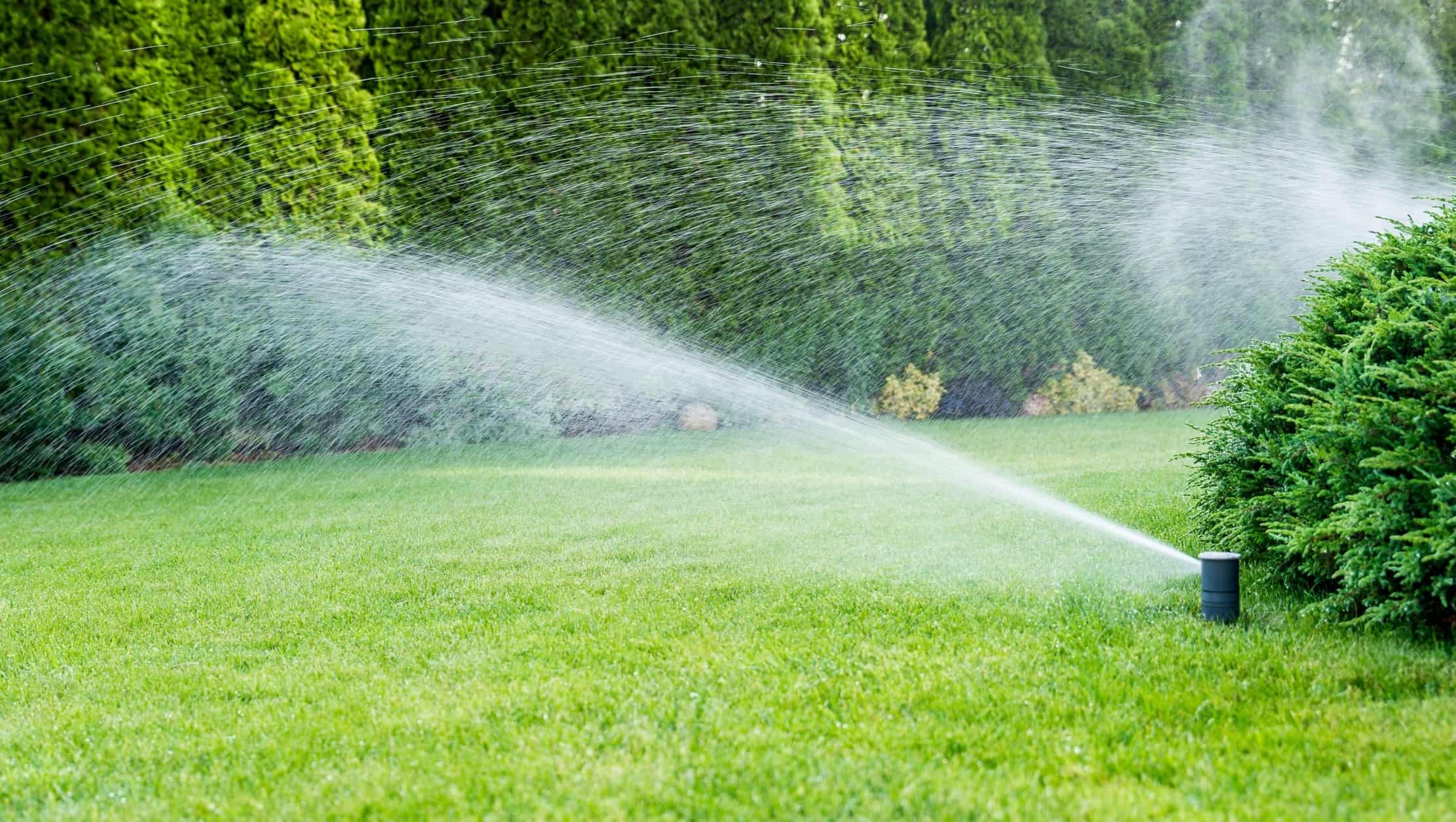
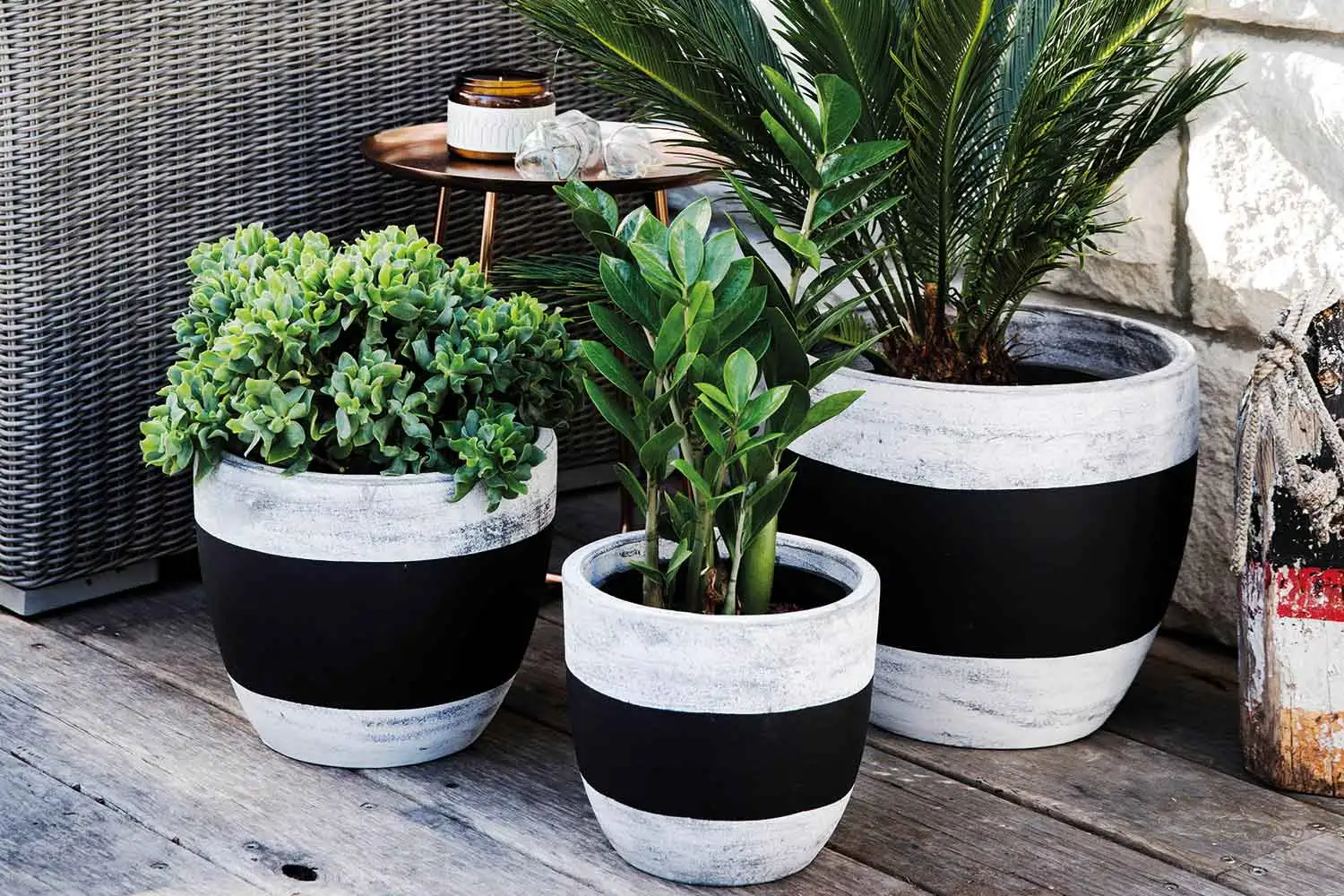
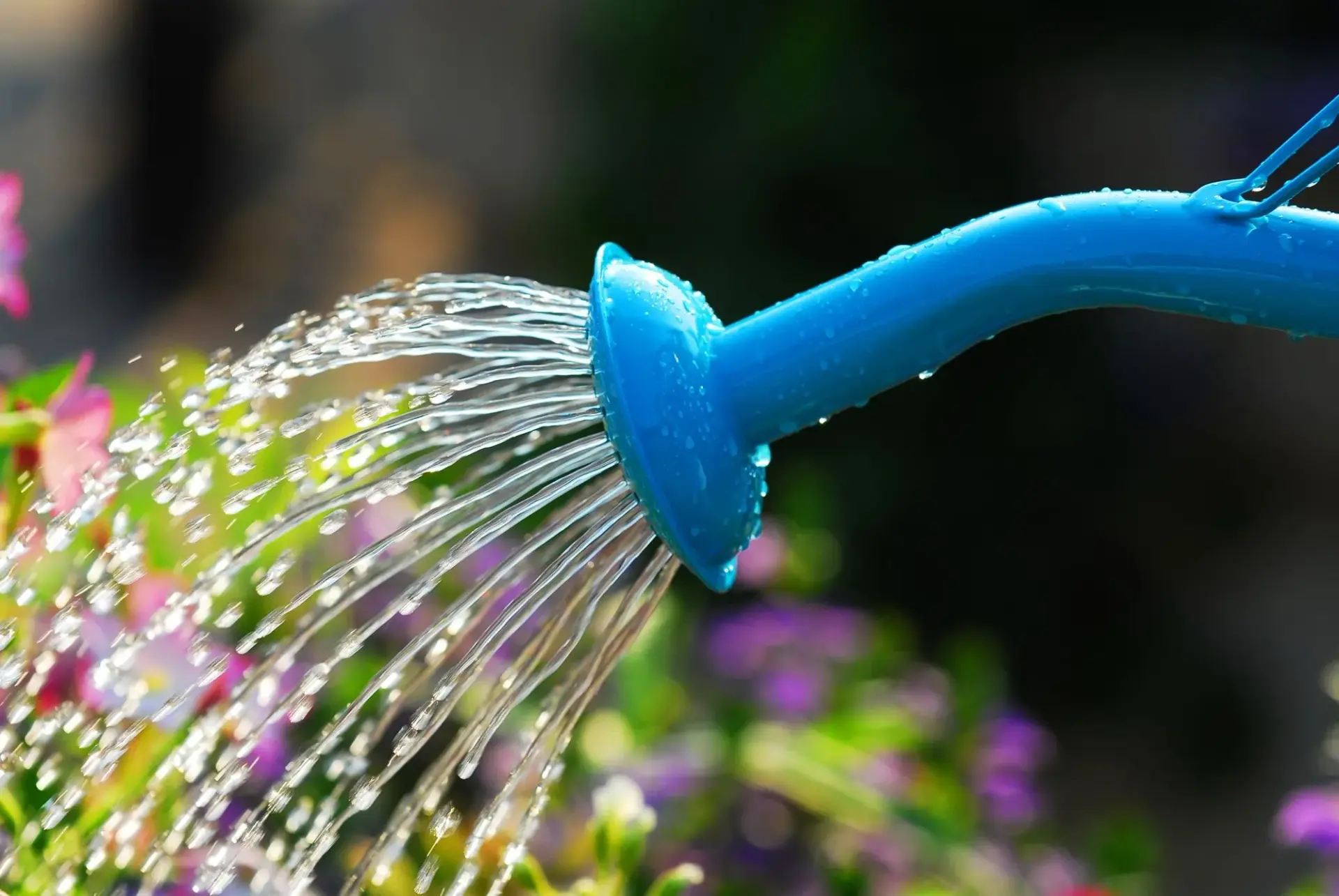
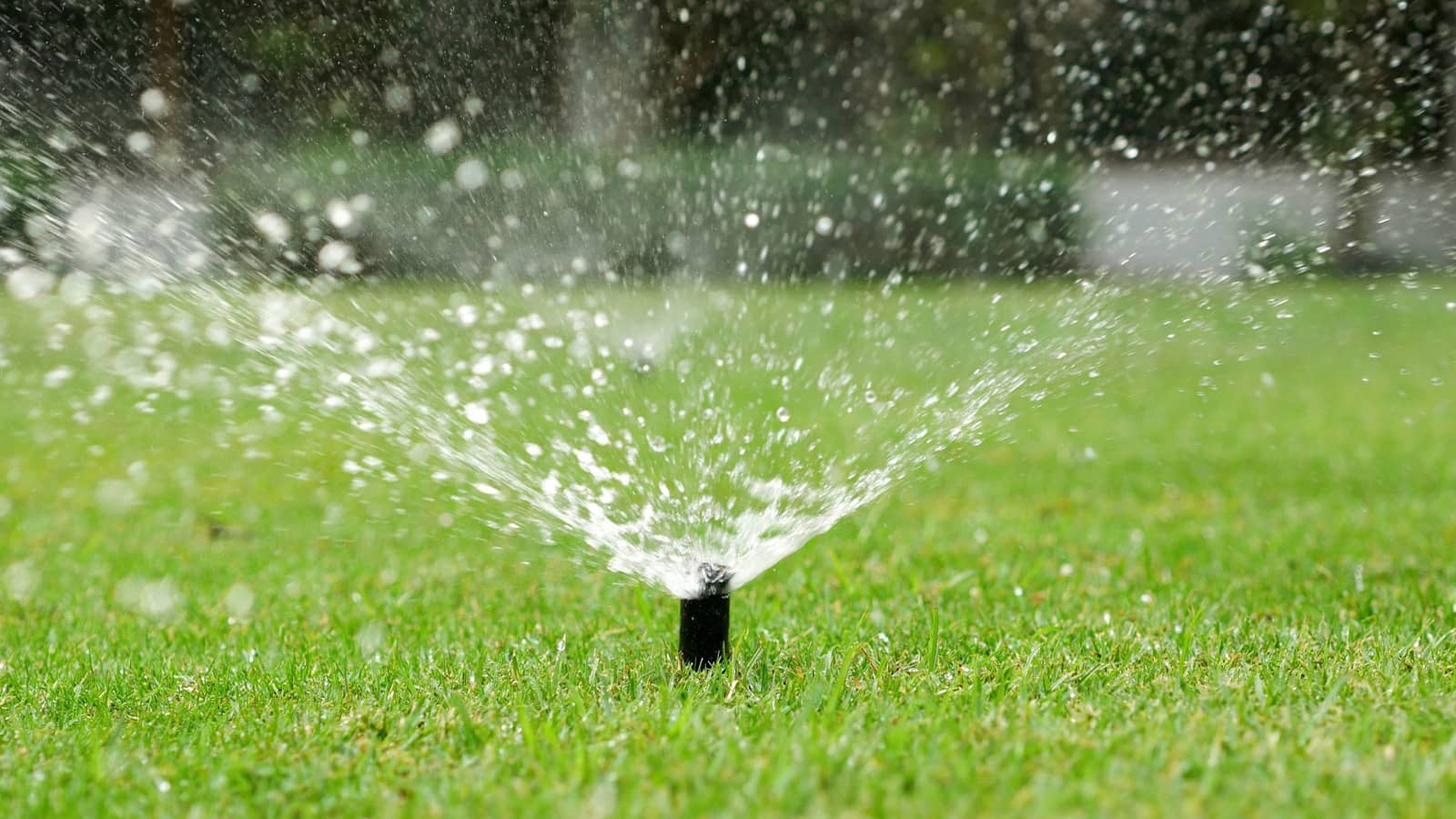

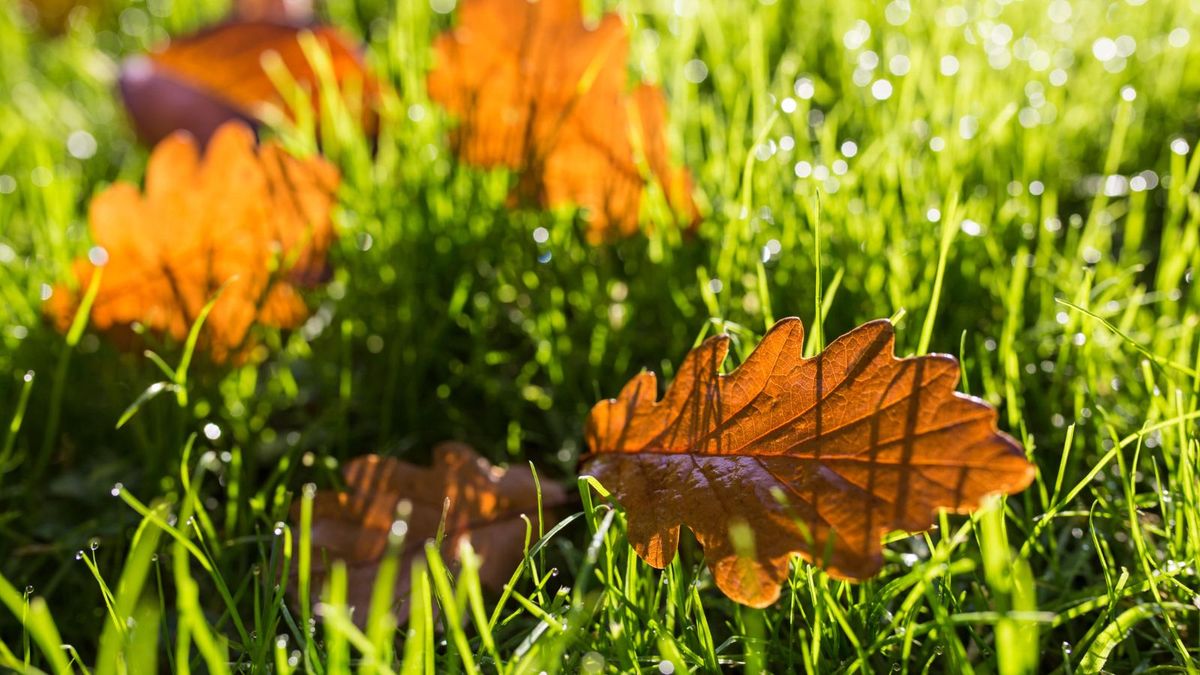

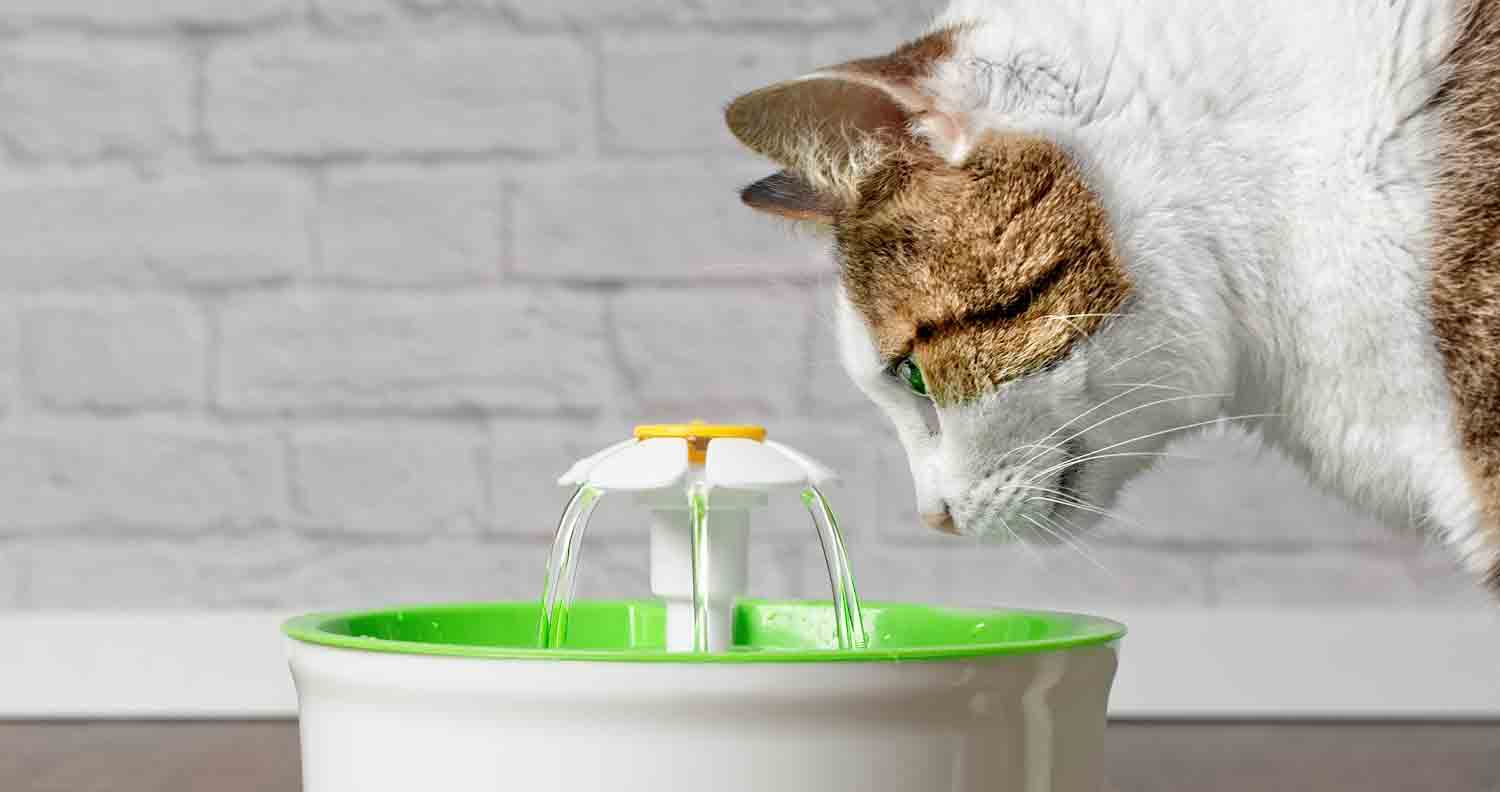

0 thoughts on “How Often To Water Outdoor Potted Flowers”